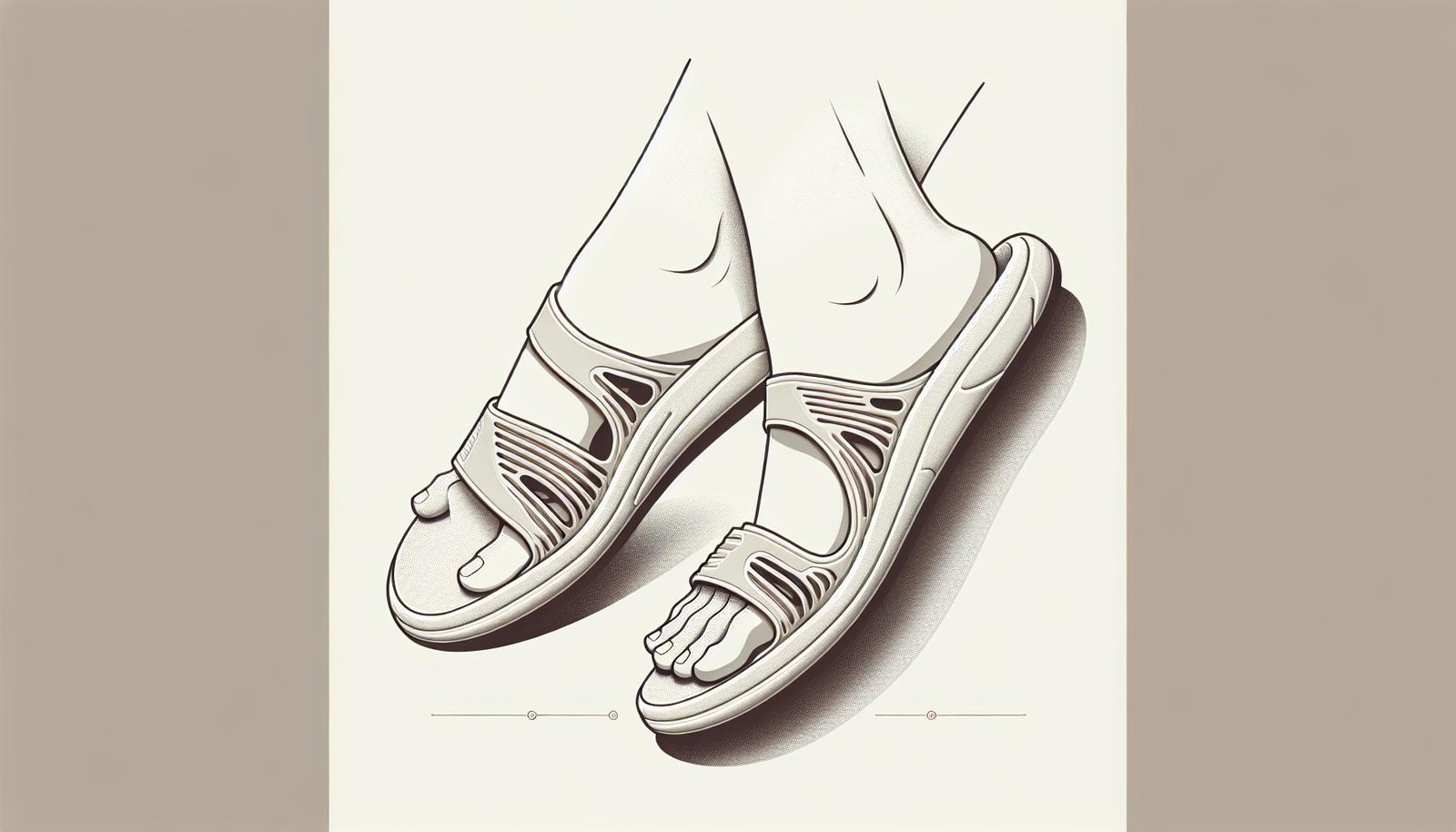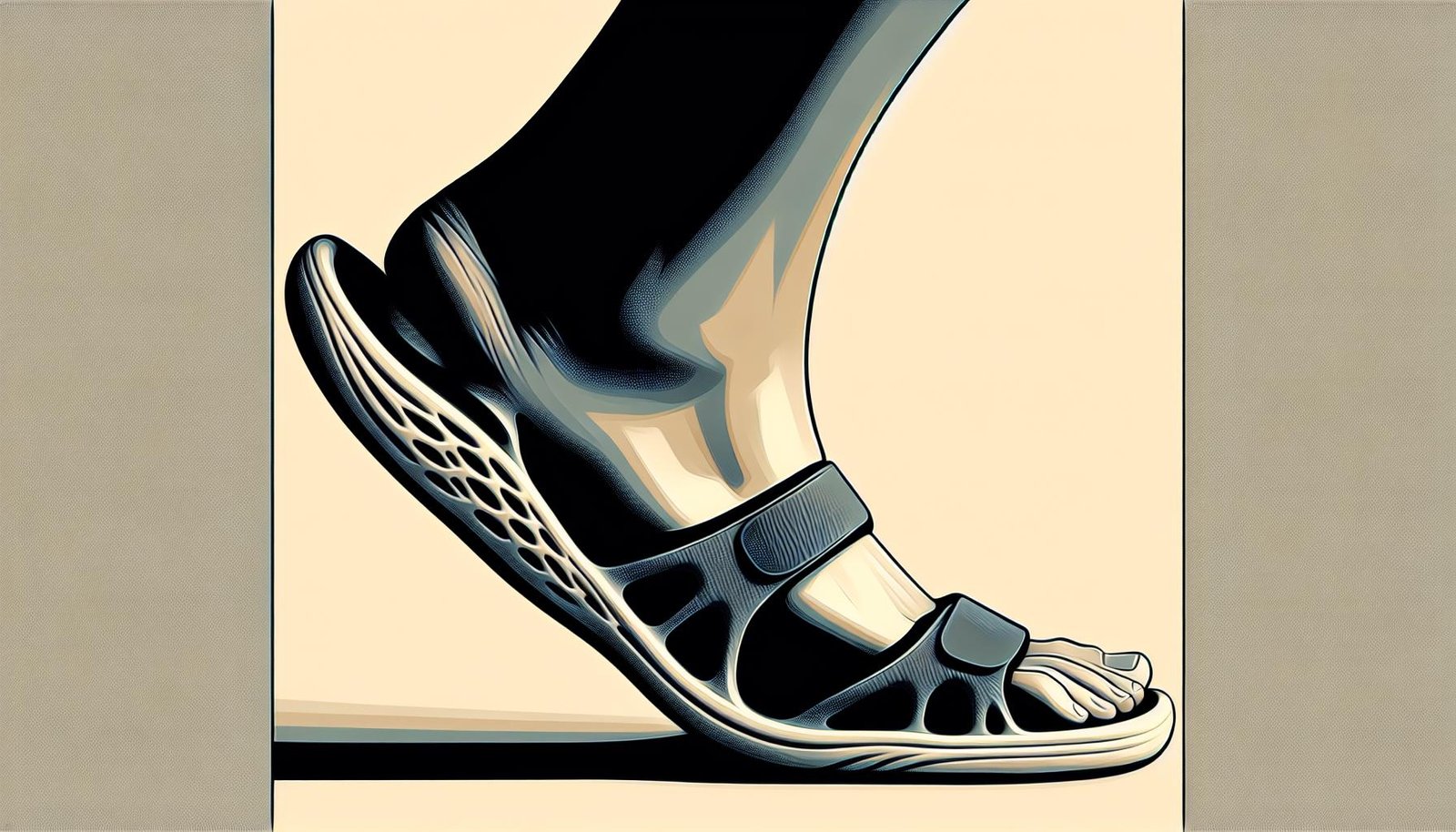Why Your Feet Swell in Sandals
Key Takeaways
- Swollen feet when wearing sandals can result from factors like lack of support, prolonged standing, ill-fitting footwear, and hot weather.
- Sandals without proper arch support or cushioning can contribute to foot swelling by causing inflammation and fluid retention.
- Choose sandals with adequate support, cushioning, and breathable materials to prevent swelling and ensure comfort.
- If persistent foot swelling occurs despite preventive measures, seeking medical advice is crucial to rule out underlying health conditions like lymphedema or venous insufficiency.
Understanding Foot Swelling
The Science Behind Swelling
When I think about foot swelling, I consider the underlying science that explains this phenomenon. Swelling in the feet is often a result of the body’s response to various factors. The body’s natural inflammatory process can lead to fluid retention, causing swelling in the feet. This reaction occurs when the body tries to protect itself from injury or irritation. So, when wearing sandals, it’s essential to understand that this natural response can be triggered by different elements.
Common Triggers for Swollen Feet
Exploring the common triggers for swollen feet, I recognize several factors that can contribute to this discomfort. One common trigger is prolonged standing or walking, especially on hard surfaces. Additionally, wearing ill-fitting sandals that lack proper support or have tight straps can also lead to foot swelling. Moreover, hot weather can exacerbate this issue as heat can cause the feet to swell due to increased blood flow to the skin’s surface in an attempt to cool the body. It’s crucial to be mindful of these triggers to avoid or minimize foot swelling when wearing sandals.
Sandals and Your Feet
How Sandals Can Contribute to Swelling
When I wear sandals, they can contribute to swelling in my feet for several reasons. Firstly, sandals often lack proper arch support, leading to overpronation and strain on the feet. This can result in inflammation and fluid retention, causing swelling. Additionally, certain sandals with thin straps or rigid soles can create pressure points on the feet, restricting natural blood flow and causing discomfort and swelling. It’s essential to choose sandals with adequate support and cushioning to prevent swelling.
Types of Sandals That May Cause Swelling
Certain types of sandals are more likely to cause swelling in my feet than others. Flip-flops, for example, are a common culprit due to their flat soles and minimal arch support, which can strain the feet and lead to swelling. High-heeled sandals can also contribute to foot swelling by shifting the body’s weight unevenly and putting excess pressure on the toes and balls of the feet. Additionally, sandals made from non-breathable materials can trap heat and moisture, exacerbating swelling. Opting for sandals with cushioned soles, proper arch support, and breathable materials can help prevent swelling and ensure comfort.
Preventing and Managing Swollen Feet With Sandals

Choosing the Right Sandals
When it comes to preventing swollen feet while wearing sandals, it’s crucial to choose the right pair. Opt for sandals that provide adequate arch support, cushioning, and stability. Look for options with contoured footbeds that offer proper alignment and reduce the risk of swelling. Additionally, select sandals made from breathable materials to help regulate foot temperature and minimize moisture accumulation.
Best Practices for Sandal Wearers
To manage and prevent swollen feet when wearing sandals, there are a few best practices to keep in mind. Firstly, avoid wearing sandals for extended periods, especially if they lack proper support. It’s essential to give your feet regular breaks to rest and recover. Secondly, consider incorporating foot exercises and stretches into your daily routine to improve circulation and reduce swelling. Finally, if you notice persistent swelling or discomfort, consult a healthcare professional for personalized advice and recommendations.
Health Conditions Related to Foot Swelling

When to Consult a Doctor
If you experience persistent foot swelling even after taking preventive measures like wearing supportive sandals, taking breaks, and doing foot exercises, it’s crucial to consult a doctor. Persistent foot swelling could be a sign of underlying health conditions that require medical attention. Conditions such as lymphedema, venous insufficiency, or heart failure can manifest as swollen feet and ankles. Seeking professional advice is essential to diagnose and address any potential health issues causing the swelling. Don’t ignore persistent foot swelling, especially if it’s accompanied by other symptoms like pain, redness, or warmth in the swollen area. Consulting a healthcare provider ensures proper evaluation and treatment to maintain your foot health and overall well-being.

Understanding why feet swell when wearing sandals is crucial for maintaining foot health. Factors like lack of support and hot weather contribute to this common issue. Choosing sandals with proper arch support, cushioning, and stability is essential in preventing swollen feet. Look for options with contoured footbeds and breathable materials to support your feet effectively. Remember to take breaks, do foot exercises, and seek professional advice if needed. Persistent foot swelling may indicate underlying health conditions, so consulting a doctor is important for proper diagnosis and treatment. Prioritize foot comfort and health by selecting the right sandals and practicing good foot care habits.










